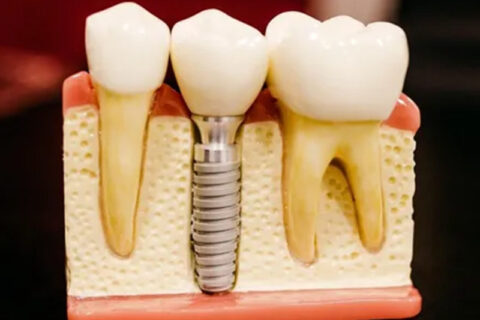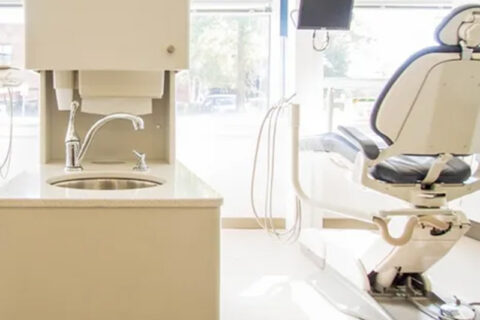Cosmetic Dentistry – The Basics
Part 1 of a 3-Part Series
Small steps can be taken to make visible changes to your smile, your dental health and consequently your well-being. Bigger steps will, of course, be necessary to accomplish larger more encompassing changes and goals. In any event, how you feel has a lot to do with how you look and vice versa.
Join us for a 3 part series as we review the many issues and changes available to you for cosmetic dental change. Today we’ll discuss the basics.

Choosing the “Right” Cosmetic Dentist
In choosing the right “cosmetic dentist” you must do your due diligence. The first step may well be identifying the fact that you want or need cosmetic dental change. The second is identifying the dentist to do it and then asking the right questions. Most dentists who have taken special training in this area will be happy to tell you about their experience and show you pictures of their cases. A smile analysis may be a good place to start.
Skill levels of dental health professionals can and do vary. Cosmetic dental change may require the knowledge, skills and combined experience of a dental “team” especially for a more radical smile change.
Questions to Ask Your Cosmetic Dentist
- Am I a candidate for cosmetic dentistry?
- Are my goals realistic?
- Can you show me a computer simulation or mock up of the anticipated change(s)?
- Do you use temporary crowns or veneers to allow a preview of the changes?
- How do you test shapes, sizes and colors of teeth before they’re made permanent?
- What are the risks, benefits and alternatives for your recommendations?
- Can you discuss the short term and long-term implications for my dental health?
- Can you show me examples of your work?
- What are the costs and time involved?
- How do you work with dental technicians to produce the most cosmetic results?
Basic Steps Can Make a Huge Difference
Basic hygiene: Brushing and flossing will remove dental (bacterial) plaque and together with a fluoride toothpaste will protect your teeth against decay — the most basic everyday cosmetic protection. It doesn’t get more basic than this.
Polish “Em” Spick and Span: A visit to your friendly dental hygienist to remove unwanted scale and stain masking an already natural smile may be all that is necessary to renew your smile. This is good for staining caused by coffee, tea, wine and other stains “outside” or on the tooth surfaces.
Home Whitening: Includes whitening strips, “paint-on or brush-on” whitening, lozenges and even whitening gum. The most basic over-the-counter products are available in drugstores. These professionally unsupervised techniques, containing carbamide peroxide, real bleaching agents at low concentration, are the least expensive ways to improve and whiten your teeth. Be careful to follow the manufacturers’ instructions carefully and don’t over do it.
Professionally Supervised Whitening: You may try this at home under the direction of your dentist who will make you professionally fitted clear plastic trays designed to fit over your own teeth. With the appropriate whitening “gels,” generally carbamide peroxide 10% solutions applied for 30 minutes twice a day you can achieve a cosmetic difference for yourself. Slow but sure, this may take about six weeks to get the change you want.
Professional Whitening: Performed in your dentist’s office with special precautions to protect your gums and other oral tissues, this one time technique uses high concentration bleaching agents (35-45%). It might just give your smile the “wow” you want in short order.

